You’re considering renting a car for your trip to Europe. Awesome! Renting a car while exploring Europe can add enjoyment to your time away. It means you don’t have to rely on public transportation or stick to a bus or train schedule. Follow my ten tips for securing and driving your rental car and open up the possibilities for fun excursions! When my husband and I design our travel itineraries (when we’re not on a cruise or package-guided tour), we like to rent a car and explore, making our schedules flexible. If we want to sleep in or have an extra cup of coffee (my husband) or tea (me) at breakfast, we want the freedom to do that. After all, we are on vacation! To learn more about navigating European roadways, check out my article on driving tips for Europe and driving tips specific to Greece. Note that this article has been completely updated from one published in 2019.
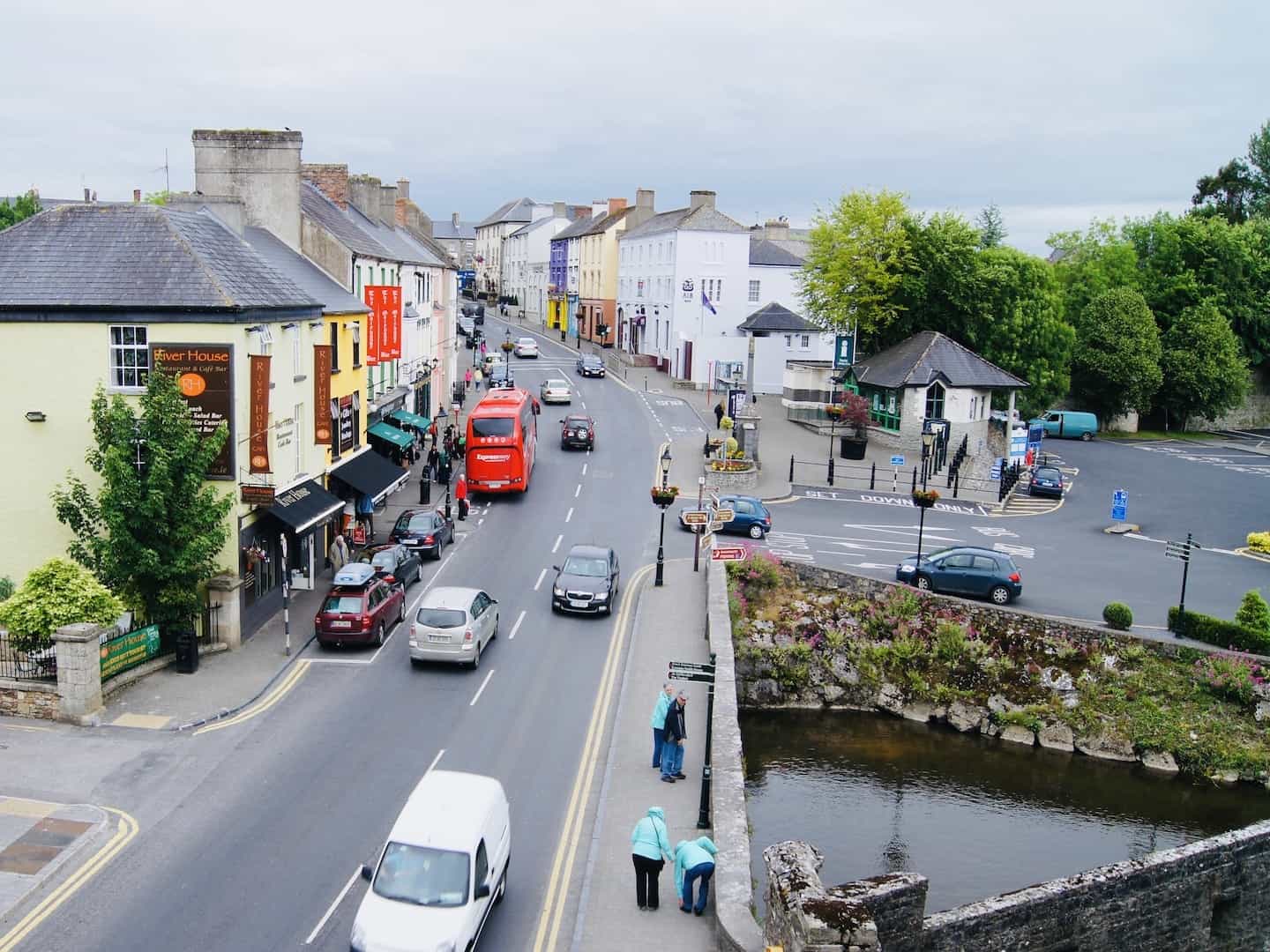
Here are guidelines to help you navigate the car rental process and then explore the roads of Europe.
1. Research Car Rental Options Early
Start finding a rental car once you decide on your travel plans. There are several options to weigh before reserving a car. Plus, rental car inventory can be impacted by the time of year you’re traveling (peak travel months may translate into low car inventory) and the size of the city or town you’re visiting. Smaller cities typically have lower inventories of cars.
> Read Up On Driving Distances & Road Rules
Familiarize yourself with the distances and driving times from point to point for all the places you plan on visiting. Knowing this can help you firm up your itinerary. Remember that driving times on rural or narrow roads are likely longer than when traveling on highways; this information can factor into your planning process. Online searches for “driving distance from A to B” or referencing Google Maps should get you the information you need to help with planning.
Check a travel guidebook or do an online search to learn about driving rules, unique road signs, tolls (do they accept cash and/or credit?), and other driving-related issues for the country you’re visiting. A review of these can help you become more comfortable with driving abroad.
2. Define How Many Days You Need a Car
You don’t always have to rent a car soon after your plane touches down or your train pulls into a station. Sometimes, you’ll want to wait until you’ve seen the major sights in a city before picking up your car rental. For example, you may fly into a major city and be able to see the major sights on foot (or by using Hop-On Hop-Off buses) and not need a rental car until you’re ready to explore outlying towns or the countryside. Renting a car for only the days you’ll actually need it will save you money.
3. Choose the Right Car
> Realize Car Models are Different in Europe
We’re all familiar with certain makes and models of cars – those popular in our home countries. In Europe, you’ll likely find different makes and models – but they share commonalities with what we’re used to, like certain passenger and luggage capacities plus favored transmission types.
When searching for a rental car online, you can see all the important decision-making information to help you compare options. It sometimes helps to do a separate search for the car models you find online. You may find information that helps you compare what is offered in Europe with what you’re familiar with at home. For example, you can compare the dimensions of the car rental options with the car(s) you’re familiar with driving at home. My husband and I usually choose a small sedan or SUV that can easily navigate the sometimes narrow European roads and has hidden storage for our luggage.
> Size Matters
European cars are typically smaller than what North Americans are used to. Space is often at a premium in Europe. Many of the roads are much narrower in Europe’s medieval-era cities. Also, parking spaces are usually smaller and sometimes not as plentiful as you may be used to. Since you may need to maneuver the car along narrow streets and rural roads and in sometimes tight parking spots or garages, a smaller car makes sense.
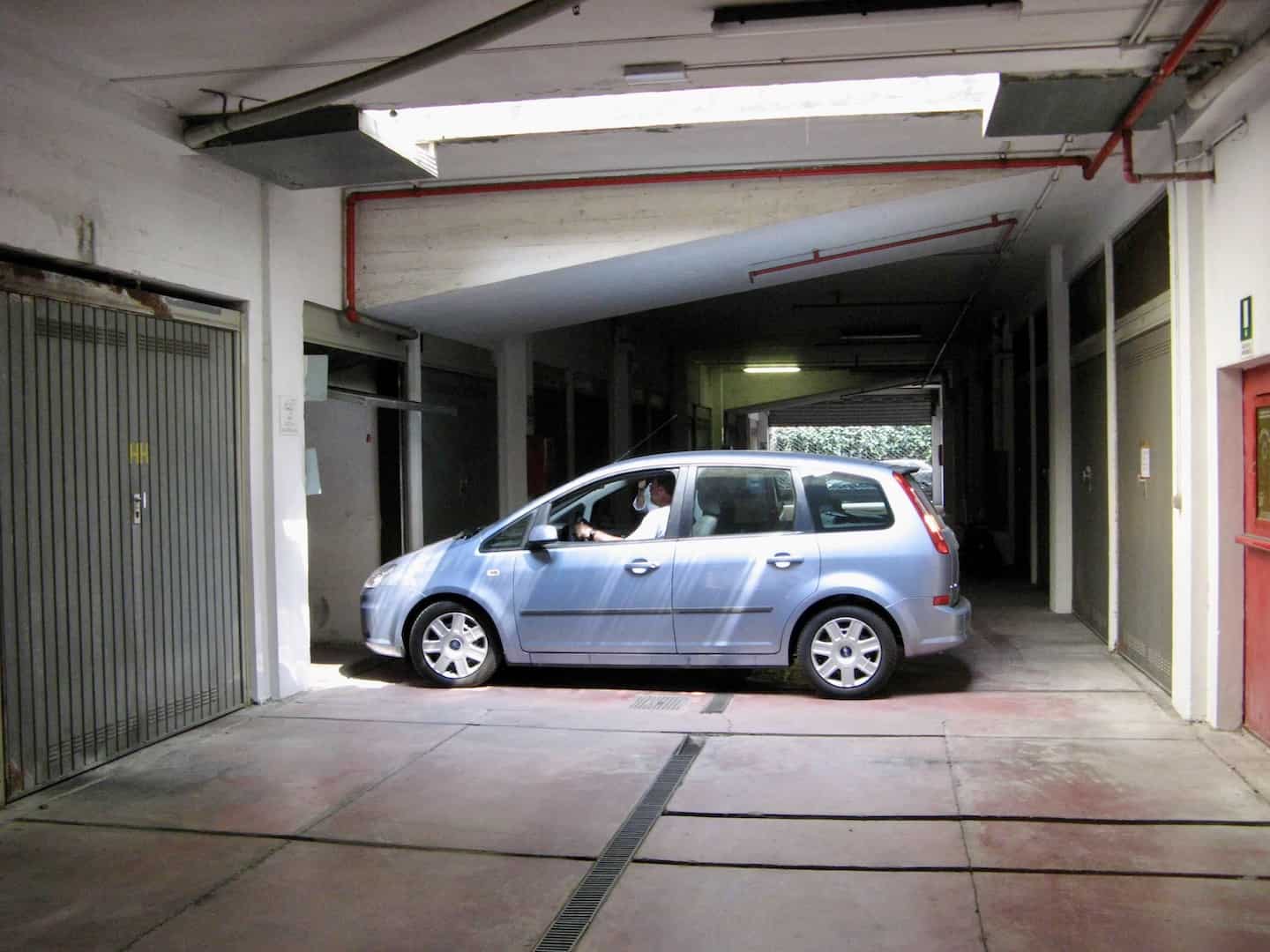
> Manual vs. Automatic Transmission
Most European cars have manual transmissions. That’s just the way it is. Because of this, it’s sometimes difficult to find rentals with automatic transmissions. If an automatic transmission is important to you, the earlier you book your car rental, the more likely you’ll get what you want.
> Optional Features You Want/Need
Once you decide on the type of car to rent, consider any additional important or necessary features, such as pre-loaded GPS and child seats. Another handy convenience would be an EZ-PASS-like device that allows you to drive through toll plazas without stopping to pay the tolls physically. The car rental company will include the toll amounts on your final bill if you use such a device. Another benefit is that you don’t have to fumble through your European currency to find the needed change.
> Understand Car Rental Locations and Policies
Ensure you understand where you’ll pick up and return the car. It may not be in an airport or train station. It could be a short walk away.
Also, review the policies about returning the car. For example, will there be a large surcharge if the car is not returned with a full gas tank? What happens if you return the car a few hours later than originally planned?
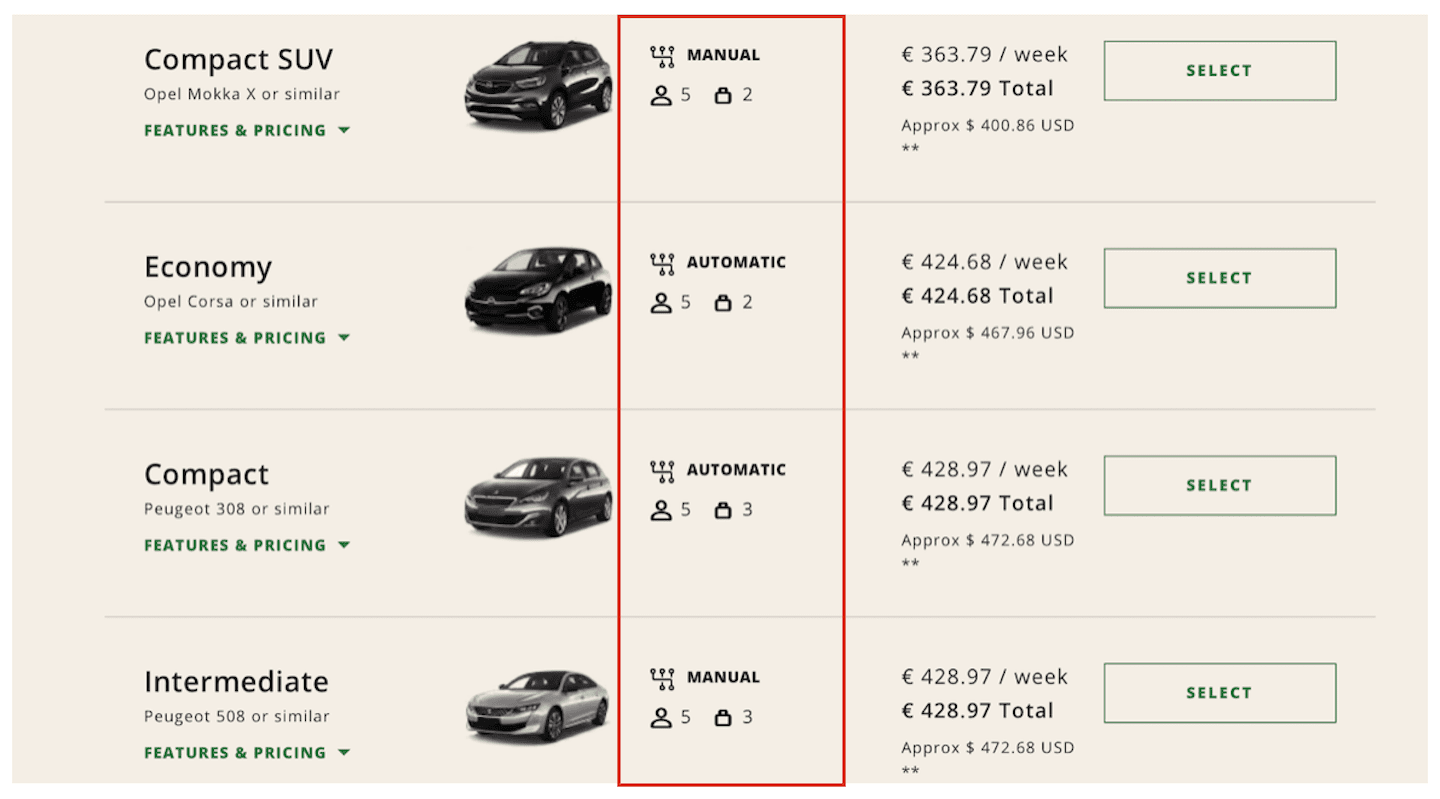
> Contact Your Hotel for More Rental Options
You’re most likely to find the car you want with a few online searches – especially if you plan to rent a car in a medium to large city. But at times, it’s not as easy as you’d think. Contact your hotel or inn if you have challenges finding what you want or need.
Our Experience in Norway
When planning a trip to Norway, we quickly realized there were no good car rental options near where we planned to stay at an incredibly delightful and scenic hotel on the banks of a fjord. So we contacted the hotel to explain our quandary. We learned that the best local option involved renting a car from a local. Our travel plans involved taking a train from Oslo north to the fjords, then taking a boat to a dock near the small town we were heading to.
Disembarking the boat, we were greeted by a person waiting for us on the dock who reviewed the car’s features and then handed us the car keys. When we concluded our local explorations, we locked the car and left it at a different dock before boarding a different boat to Bergen. So the moral of this little story is that there are usually always options. Talking with your hotel about transportation needs can be beneficial – and may result in a very interesting, unique experience!
4. Weigh Car Rental Insurance Options
Credit card companies – especially those geared toward travelers – often offer some insurance for car rentals out of the country. Read the policies carefully to see what they do and do not offer. You may purchase insurance through the car rental company for added financial protection. Know your options.
5. Choose a Favorable Currency Conversion Option
You’ll often be given a choice of how you want to pay for your car rental (and other European purchases). Do you want it converted to local or your home currency (like dollars)? When asked about currency conversion, the best bet is to choose the local currency, which will almost always result in a more favorable exchange rate.
6. Factor Fuel Costs into Your Budget
Gas is priced by the liter in Europe and is generally more expensive than in the United States. You can do a quick online search to see what current fuel prices are where you’ll visit. Keep that in mind when budgeting your trip
7. Obtain an International Driving Permit
Many European nations and/or car rental companies require you to have an International Driver’s Permit (IDP) when renting a car. Check online to see if the country you’re visiting requires one. You may not be required to show one at the car rental counter, or while driving, but if there is a driving-related issue, such as an accident, the police often require you to show your IDP. It is inexpensive and well worth having before heading on your trip. If American, apply online and mail or visit a AAA office to complete the process. You’ll need your U.S. passport, two passport pictures, and $20.

8. Download GPS apps and Use Them Wisely
If you plan to use your smartphone for GPS navigation, download your preferred apps (like Google Maps, Apple Maps, Waze) before you leave home. If you already use the apps, ensure your phone’s software and the apps are updated. Check out a complete list of handy travel apps to make your journey more enjoyable and less stressful.
> Understand the Limitations of GPS Directions in Small Towns
GPS navigation is great, and we’ve relied on it when driving in Europe. However, be forewarned. If you’re driving in some small European cities, GPS may suggest the fastest route, but that doesn’t always mean it’s the best way.
Our GPS Fiasco
We enjoyed our exploration of Crete, Greece a few years ago in our rental car. When we drove from the hotel in Chania (a beautiful spot) to our next scheduled lodging, a couple hours’ drive away, GPS guided us down a very narrow road when we reached our targeted destination – a small town. Then there was a 90° left turn to get closer to our lodging. That’s when the side mirror was damaged. (That wasn’t the only ding or dent to the car on that trip.)
So when you book lodging, ask about parking and driving directions from the main road. We learned the hard way. This experience also underscores the importance of reviewing car insurance policies carefully. For this trip, we added the insurance offered by the local car rental company (not a large U.S. firm), and that ended up being a wise decision as there were no questions asked when we returned the car.
Here’s the end of our story. We exited the maze of narrow roads and reached a gas station. I went in and explained our problem and asked the attendant if we could call the innkeeper to help guide us to our lodging. Within minutes, the innkeeper came to the gas station on his motorcycle and asked us to follow him. He had us park on the street near the lodging and carried our bags into our apartment. He then provided a short, interesting town tour in his car. A delightful experience in hindsight. And we learned to always inquire about our lodgings’ driving and parking conditions beforehand.
9. Confirm the Reservation and Review Driving Rules
Before beginning your trip, confirm your reservation. Ensure that the car you have reserved is the one you had planned on — and that the company hasn’t made any changes to your reservation. Review the contract and familiarize yourself again with the rules of the road — wherever they’ll be leading you. (Like the woodworking adage, “Measure twice, cut once.”) Better safe than sorry!
10. Inspect the Car Before Leaving the Lot
One important last step before driving off the rental car lot is to check the car – inside and out. Note any dents, scrapes, or other issues. Point them out to the car rental agent (if she/he hasn’t already pointed them out to you) and take pictures with your phone to document them. A little extra time upfront may help alleviate headaches later on when returning the car.
And you’re on your way. Happy travels!
Related Articles
- Best Apps and Websites for Savvy Travelers
- Driving Tips for Europe
- Driving Tips for Greece
- France: Exploring Normandy, Brittany, Provence, and Paris
- Greece: A Guide for a Two-Week Trip
- How to Use Google Translate When Traveling
- Ireland: Exploring Dublin, Kinsale, Ring of Kerry, Cliffs of Moher
- Italy: Exploring Piedmont, Cinque Terre, Tuscany, Amalfi Coast, Pompeii, Naples, Rome
- Tips for Traveling to Europe
- Travel Planning Timeline
Final Thoughts
When you take a package guided tour, many things are carefully planned: where you go, what you see, and how long you have to explore a place. So designing your itinerary and driving a rental car provides a lot of freedom. However, when renting a car, things don’t always go according to your plans. Despite a few hiccups while driving, those experiences have become some of our treasured memories of our travels. Some examples:
- We’ve discovered wonderful out-of-the-way restaurants and enjoyed endless views of lavender (in Provence) and vineyards in the French and Italian countryside that we wouldn’t have traveled to without a car. Sometimes we had a destination in mind; other times, we just took a drive and explored.
- On one pre-GPS trip many years ago, I was the navigator, and my husband was the driver. Long story short, I directed us to a European military installation where we were not welcome! My husband quickly made a U-turn, and I tried my hand at navigating again.
- Departing from the Dublin airport in a rental car, we drove around the large roundabout three times with increasing frustration until we figured out where to exit. This was with GPS! However, we weren’t used to driving on the left side of the road. Believe it or not, that initial fiasco has become something we chuckle over years later. Of course, it’s often easier to find humor in something in hindsight. There was certainly no humor that day while we lived the circular path we were stuck in!
Comments?
If you’ve rented a car while in Europe and were then able to enjoy some great adventures/moments, tell us about them! Also, feel free to share any tips to add to our list. 🙂

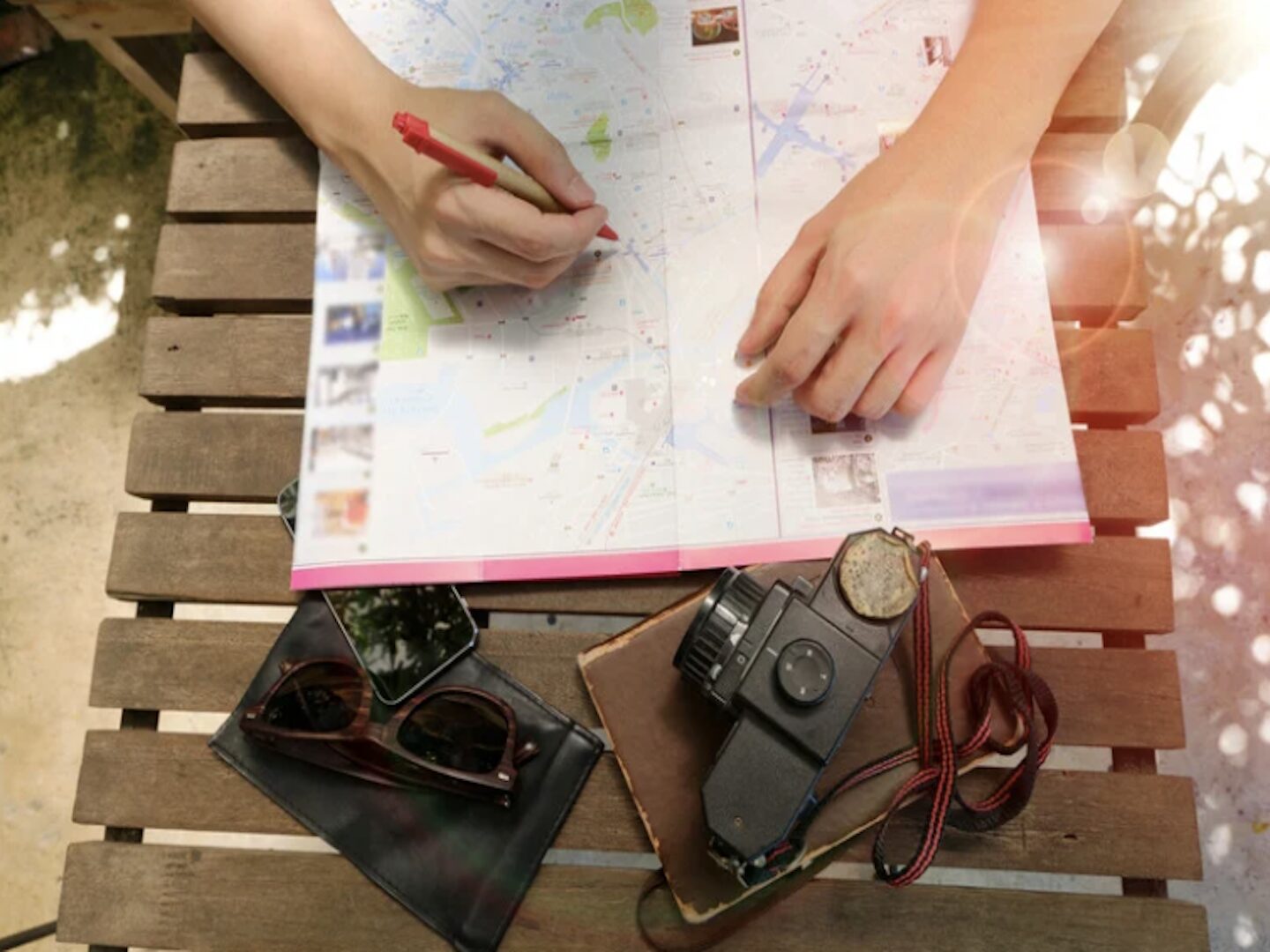

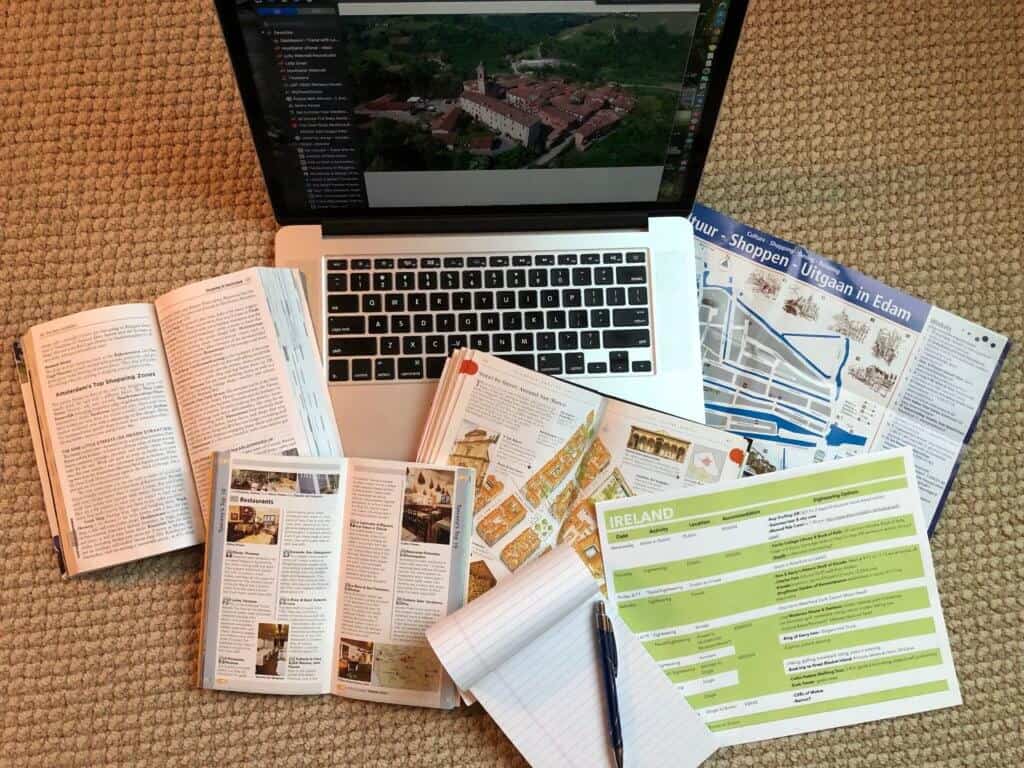

Thank you for posting this, we are planning a trip to Europe and I had anxiety about renting a car. This helped me get over that.
P.S. I love all your pictures!
I’m glad you found the article helpful, Sara. I understand how renting a car in another country may seem daunting, but doing so really opens up so many options for exploring on your own. Have a wonderful time!